Four numbers that were in the news this week that should be a wakeup call for humanity.
8 billion is Earth’s human population. 419 PPM is atmospheric CO2 levels. 636 are COP27 fossil fuel lobbyists. 100 are the countries at COP.

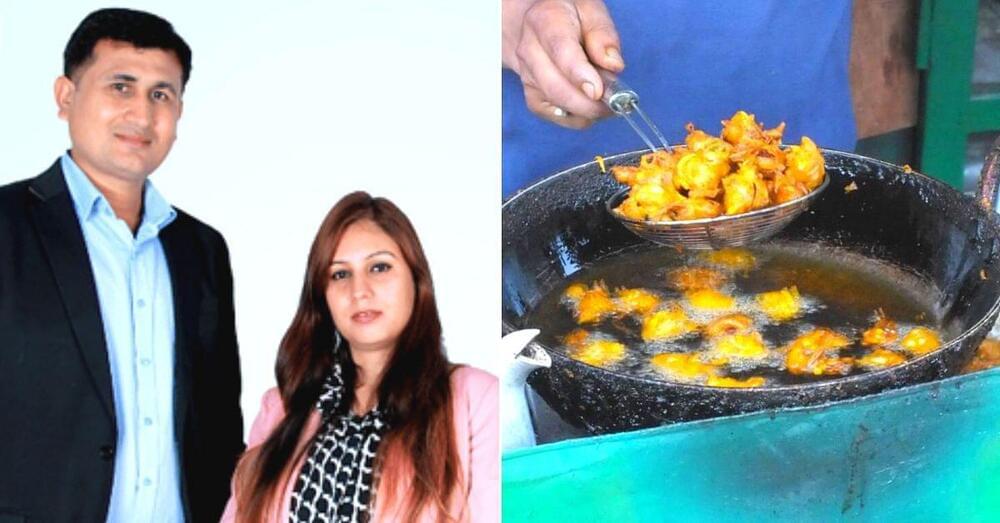
Commercial deployment could be achieved as early as 2024.
Energy Dome, the Italian company that uses carbon dioxide for long-duration energy storage, has now entered the U.S. energy market, Electrek.
Countries around the world are looking to switch to sources of renewable energy in a bid to reduce their carbon emissions. Recently, the world’s largest floating offshore wind farm went online in Norway and will use the harnessed energy to reduce emissions from its oil and gas production facilities.
A major vulnerability in a networking technology widely used in critical infrastructures such as spacecraft, aircraft, energy generation systems and industrial control systems was exposed by researchers at the University of Michigan and NASA.
It goes after a network protocol and hardware system called time-triggered ethernet, or TTE, which greatly reduces costs in high-risk settings by allowing mission-critical devices (like flight controls and life support systems) and less important devices (like passenger WiFi or data collection) to coexist on the same network hardware. This blend of devices on a single network arose as part of a push by many industries to reduce network costs and boost efficiency.
That coexistence has been considered safe for more than a decade, predicated on a design that prevented the two types of network traffic from interfering with one another. The team’s attack, called PCspooF, was the first of its kind to break this isolation.
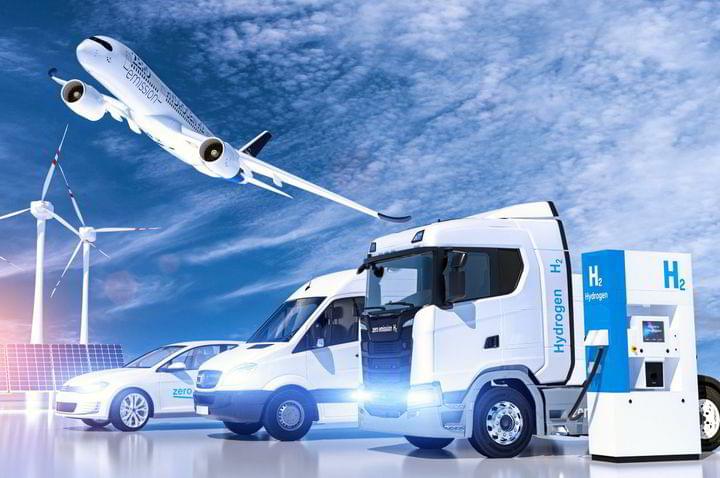

A team of researchers at the National Ignition Facility (NIF) at the Lawrence Livermore National Laboratory, in California, has found evidence of ions behaving differently than expected in their fusion reactions.
In their paper published in the journal Nature Physics, the group describes their study of ions in the plasma generated in their reactor. Stefano Atzeni, with Università di Roma “La Sapienza,” has published a News & Views piece in the same journal issue giving an overview of the work being done at the NIF and the effort now being conducted by the team to better understand the unexpected ion behavior.
Scientists around the world have been trying for many years to replicate the fusion reactions that occur in the sun—this could provide humanity a nearly limitless source of energy. Such work has been step-by-step, with researchers tweaking reactors in search of the right combination of factors to produce more energy than is used to run the reactor.
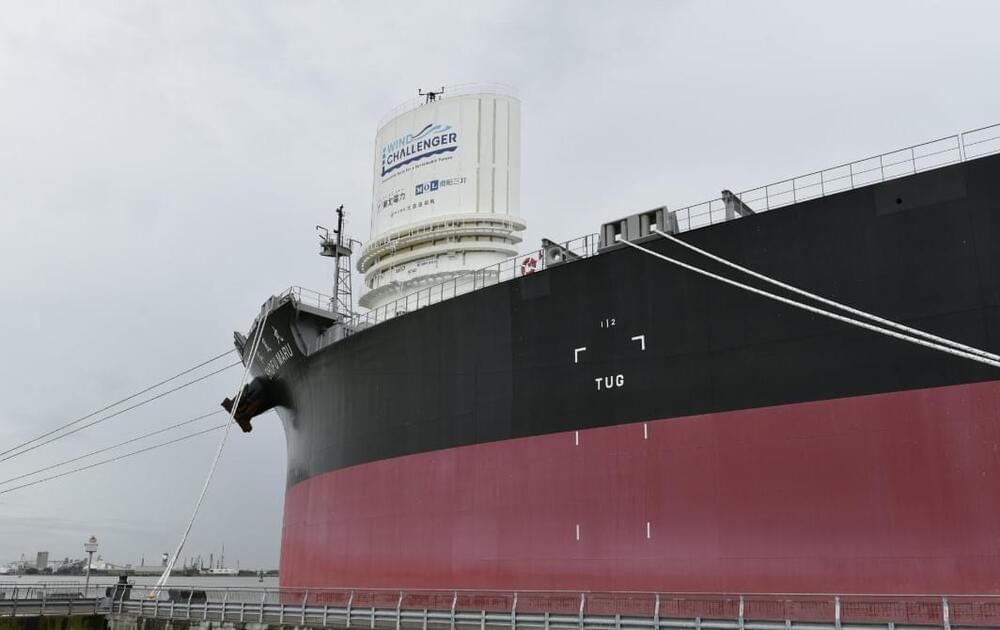
It is the first coal carrier to be powered by hard sail wind power propulsion technology.
The world’s first partly wind-powered bulk carrier ship sailed to the Port of Newcastle on its maiden voyage this week.
The Japanese shipping company Mitsui O.S.K. Lines (MOL), which delivered the 100,422 dwt (dead-weight tonnage) bulker on October 7, 2022, sailed to Newcastle on Monday, reported *Offshore Energy*.
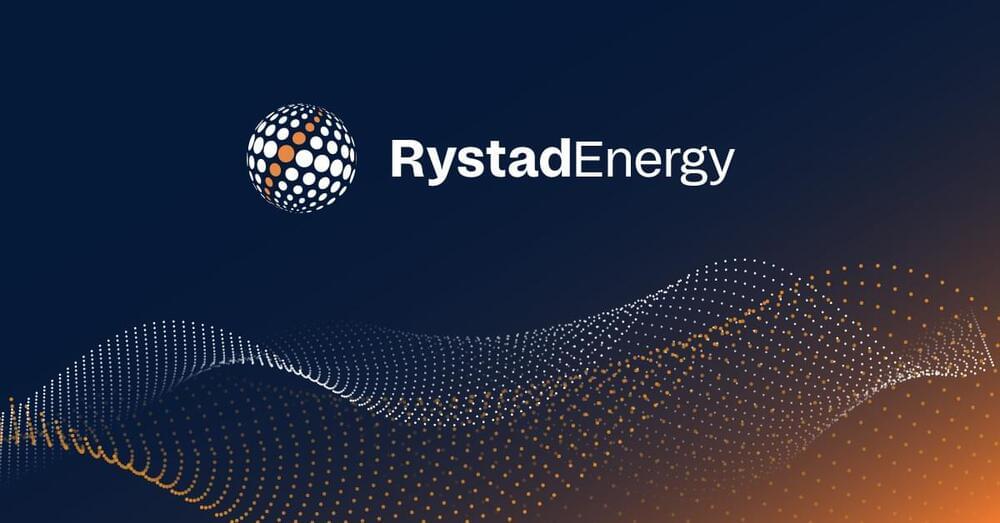

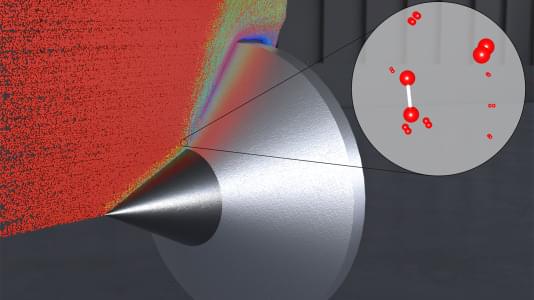
The U.S. Department of Energy’s (DOE) Office of Science announced allocations of supercomputer access to 56 high-impact computational science projects for 2023 through its Innovative and Novel Computational Impact on Theory and Experiment (INCITE) program. These awards, which will pursue transformational advances in science and engineering, account for 60% of the available time on the leadership-class supercomputers at DOEs Argonne and Oak Ridge national laboratories.
The projects will support a broad range of large-scale research campaigns to advance knowledge in areas ranging from astrophysics to sustainable energy technologies to materials design and discovery.
Jointly managed by the Argonne Leadership Computing Facility (ALCF) and the Oak Ridge Leadership Computing Facility (OLCF), the INCITE program is the primary means by which the facilities fulfill their mission to advance open science by providing the scientific community with access to their powerful supercomputing resources. The ALCF and OLCF are DOE Office of Science user facilities.